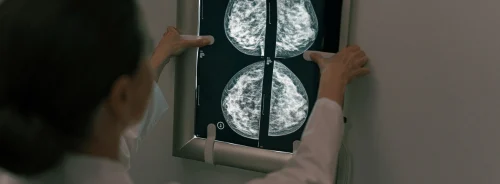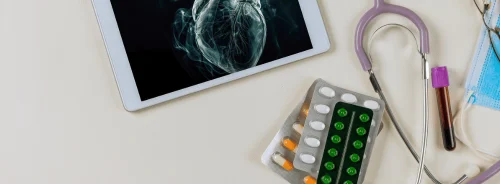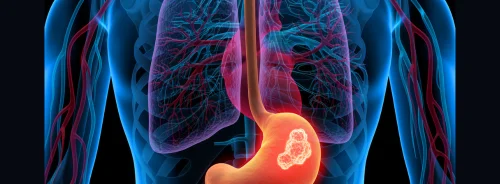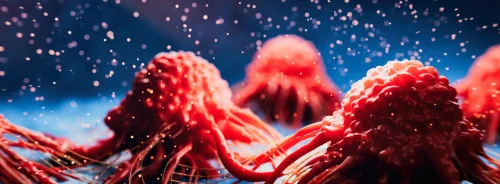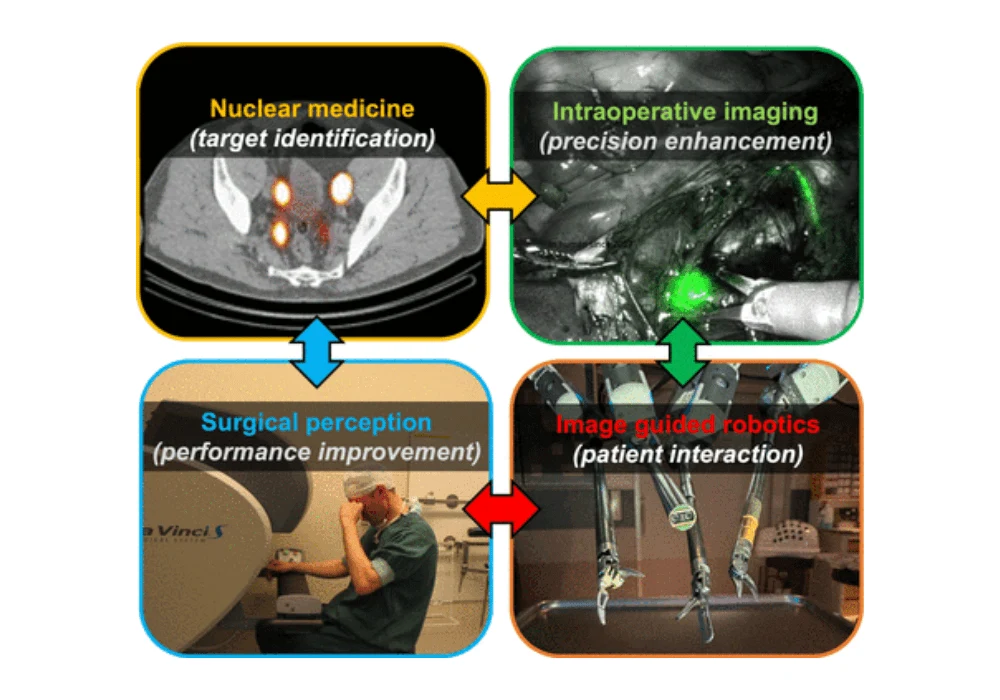The field of Image-Guided Surgery (IGR) is continually evolving, with a significant focus on improving target definition through the use of pharmaceuticals and radiopharmaceuticals. These substances, also known as tracers, help to highlight specific anatomical or disease-related features, thereby enhancing the surgeon's ability to differentiate target tissues from their surroundings. Originating from radioimmunoguided surgery concepts in the late 1990s, the development and application of these tracers have expanded significantly, incorporating both receptor-targeted and physiology-based approaches. A recent article published in the Journal of Nuclear Medicine explores the advancements, challenges, and future directions of using pharmaceuticals and radiopharmaceuticals in surgical guidance.
Radiopharmaceuticals: Enhancing Surgical Precision
Radiopharmaceuticals play a crucial role in IGR by enabling precise target definition, especially in radioguided surgeries. Applying radiopharmaceuticals within a microdosing regimen (≤100 μg/patient) facilitates their translation from preclinical studies to clinical settings. Studies in nuclear medicine have shown that dosing is a critical factor influencing the quality of imaging data. Higher doses can lead to receptor oversaturation, negatively affecting signal-to-background ratios and increasing the risk of false positives.
One exemplary tracer pair, 68Ga-/18F-PSMA for diagnostics and 99mTc-/111In-PSMA for surgical radiotracing, demonstrates how radiopharmaceutical optimisation can enhance surgical precision. The SUVmax on 68Ga-/18F-PSMA PET correlates with the 99mTc-PSMA signal intensities during surgery, ensuring accurate lesion identification without oversaturation. These advancements underline the importance of optimising molar and specific activities to achieve correlated pre- and intraoperative accuracy.
Integration of Fluorescent Tracers
Fluorescent tracers, while promising, face translational challenges due to their lower detection sensitivity compared to radiopharmaceuticals. Therapeutic dosing regimens are often required to compensate for this, which can lead to receptor oversaturation and suboptimal signal-to-background ratios. However, advancements are being made to overcome these limitations, particularly in receptor-targeted applications.
Hybrid tracers, which combine radioactive and fluorescent components, represent a promising strategy. These tracers can directly relate intraoperative fluorescence findings to preoperative imaging, enhancing the surgeon's ability to visualise and accurately target lesions. Integrating such hybrid tracers could significantly improve the correlation between preoperative and intraoperative findings, offering a more comprehensive approach to surgical guidance.
Perception-Enhancing Modalities in Surgical Robotics
Integrating perception-enhancing modalities in surgical robotics is critical for improving the surgeon-patient interaction. Endoscopic vision, particularly through system-integrated endoscopes providing 3D video streams, has been fundamental to the success of surgical robotics. These endoscopes, equipped with fluorescence imaging capabilities, facilitate real-time identification of target tissues, enhancing surgical precision.
Recent advancements in sensory technologies further enrich the surgeon's perception during surgery. For instance, the latest da Vinci platform incorporates tactile feedback, allowing surgeons to sense tissue stiffness and other characteristics through robotic instruments. Additionally, tethered Drop-In ultrasound, γ-, β-, and fibre-confocal probes, and second-generation click-on sensors enable molecular sensing capabilities that go beyond human sensory limits.
Digitisation and Data Integration
Surgical robots are uniquely positioned to integrate and digitise multisensory data streams, transforming them into digital operating platforms. This capability allows for the absorption and multiplexing of various data inputs, including patient history, anaesthesiology, and logistics, which can be converted into actionable outputs for the surgical team. When combined with smart algorithms, these data streams can be processed to provide unprecedented levels of complexity and insight.
One practical application of this integration is the split-screen visualisation of preoperatively acquired imaging roadmaps alongside the surgical video feed. This approach helps correlate static diagnostic images with the dynamic surgical environment. Augmented and mixed reality visualisations further enhance this correlation by overlaying preoperative images onto the surgical video feed, facilitating GPS-like directional guidance. This integration of data streams supports improved navigation accuracy and decision-making during surgery.
The use of pharmaceuticals and radiopharmaceuticals for target definition in image-guided surgery has revolutionised the field, enhancing the precision and effectiveness of surgical interventions. Radiopharmaceuticals have proven critical in achieving accurate lesion identification, while advancements in fluorescent tracers and hybrid tracers hold promise for further improving intraoperative guidance. Integrating perception-enhancing modalities in surgical robotics and digitising data streams provide significant opportunities for advancing the surgeon-patient interaction. As the field continues to evolve, these innovations will likely expand the impact of nuclear medicine and molecular imaging on patient care, paving the way for more precise, effective, and personalised surgical interventions.
Source & Image Credit: Journal of Nuclear Medicine

